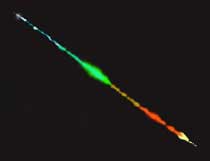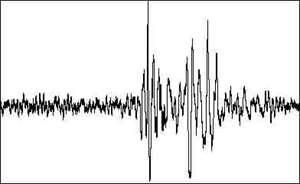
© SPLHumans bet for money, whereas rats gamble for food
Rats are able to play the odds in a "gambling task" designed by scientists to test the biology of addiction.
In the journal Neuropsychopharmacology, researchers describe how the rodents developed a "strategy" in a timed task where they make choices to earn treats.
The rodents avoided high-reward options because these carried high risks of punishment - their sugar pellet supply being cut off for a period.
This decision-making task provides an animal model to study neuropsychiatry.
During the task, which lasted for 30 minutes, rats were given four choices - in the form of holes to investigate.
Nosing each of these holes triggered either the delivery of tasty sugar pellets or a "punishing time-out period" during which rewards could not be earned.
But high-reward holes - those that delivered more pellets at once - also carried the bigger risk of triggering longer periods of punishment.
And rats quickly learned an "optimal strategy" - earning more pellets over the duration of the task by choosing the holes with smaller gains and smaller penalties.


Comment: Star explosions are certainly not one of our grave concerns at the moment, as the coming ice age along with a space debris rain and psychopathy are humanity's real threads. For starters read:
Tunguska, Psychopathy and the Sixth Extinction
Fire and Ice: The Day After Tomorrow